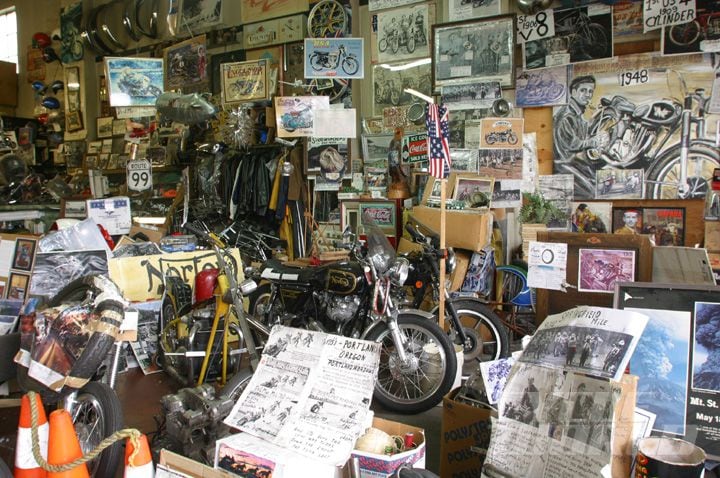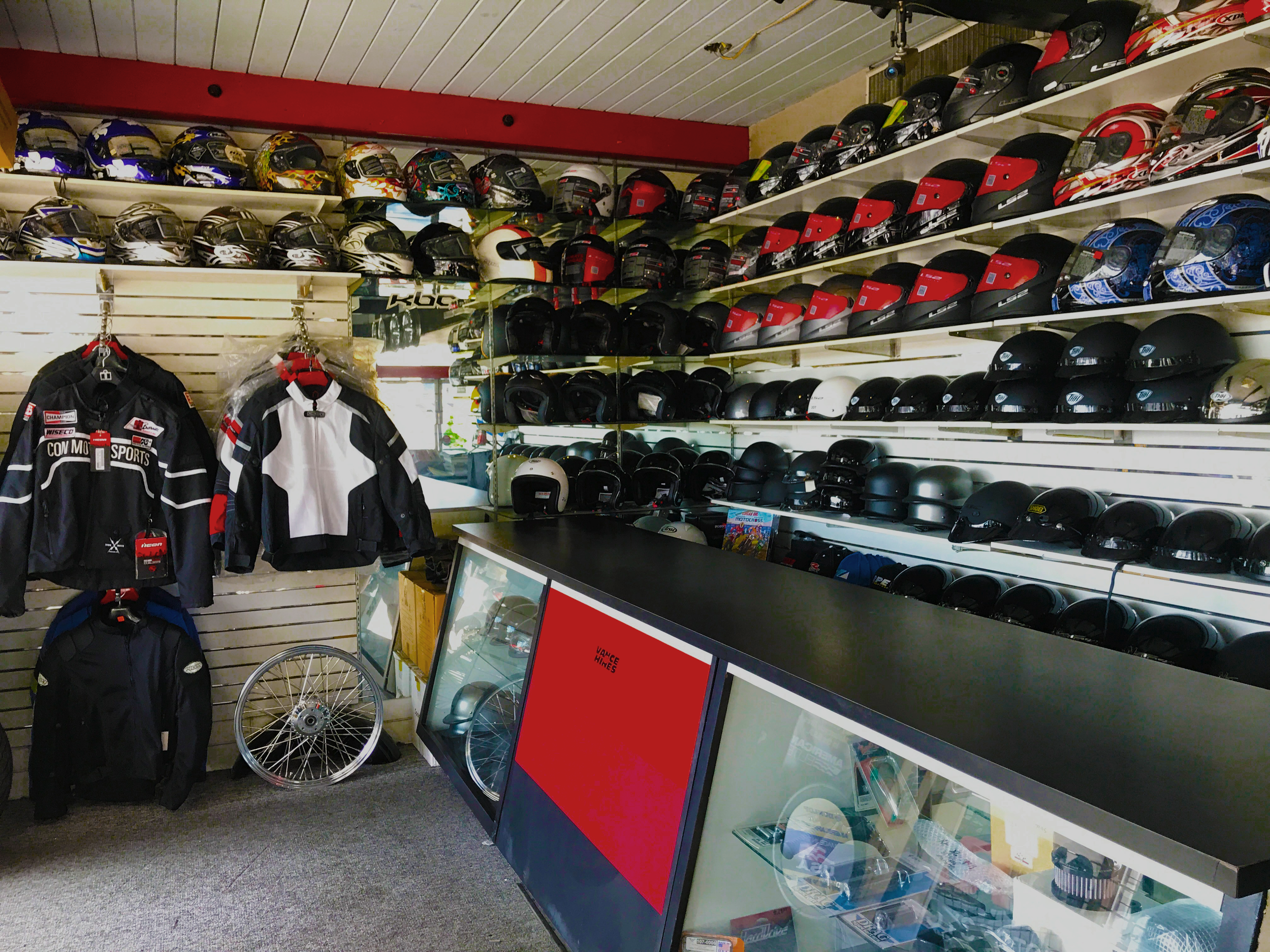Explore the current Motocross Gear NZ for each Degree of Rider
Wiki Article
Understanding Motorcycle Gears: Just How to Optimize Your Riding Experience
In the world of motorcycling, grasping the art of equipment control is essential for improving your riding performance. Appropriately understanding and using bike equipments can significantly influence control, fuel, and acceleration efficiency, changing a typical experience right into a seamless, exhilarating trip. By integrating precise shift timing and adjusting equipment selection to various roadway problems, bikers can ensure ideal engine performance and safety and security. The subtleties of clutch control, throttle sychronisation, and gear technicians beckon a much deeper exploration, promising to open the full possibility of your device. Just how can these methods be harnessed to genuinely optimize your riding experience?Recognizing Equipment Mechanics
At the core of bike characteristics, gear auto mechanics play a pivotal role in transforming engine power into motion, ultimately dictating rate and control. The gear ratios, thoroughly created, identify the partnership between engine revolutions and wheel turns, influencing velocity and fuel efficiency.
Recognizing equipment mechanics starts with acknowledging the importance of the transmission, which houses numerous gears of differing dimensions. These gears connect with a process called meshing, where teeth of different equipments involve to transfer power. The accuracy of this communication is vital; any type of misalignment or damages can cause inefficient power transfer, preventing performance. Additionally, the plan and size of equipments influence the motorcycle's ability to take care of various loads and speeds.
Furthermore, the concept of equipment shifting is important to maximizing performance. Smooth and prompt shifts make sure that the engine runs within its optimum power band, preventing unnecessary stress and enhancing durability (moto parts nz). By understanding these mechanical ins and outs, bikers can attain a harmonious mix of performance, control, and power, boosting their riding experience
Timing Your Changes
Change timing mastery is vital for optimizing bike efficiency and boosting the riding experience. Correctly timed shifts make certain that the engine runs within its ideal power band, which is vital for preserving control, accomplishing smooth acceleration, and making sure the longevity of the bike. Riders must create an intuitive sense of when to move gears, which involves recognizing the connection between engine transformations per min (RPM) and speed.To grasp shift timing, pay very close attention to the engine's audio and feel, as these supply crucial hints concerning when to change gears. When the engine approaches the top variety of its power band without reaching the redline, the ideal shift factor commonly occurs - motorbike shop. Changing prematurely can result in a lack of power, while changing far too late might create unneeded engine strain
In addition, road conditions and riding style impact change timing. In metropolitan settings, smoother and more constant changes might be needed to navigate web traffic effectively. In contrast, during highway riding, less changes at greater speeds can be better. Practicing in diverse environments will certainly improve your capacity to time changes precisely, inevitably boosting your riding experience to an expert degree.
Enhancing Gas Effectiveness
While grasping bike equipments is important for efficiency, boosting fuel efficiency is similarly important for both economic and ecological factors. Optimal fuel intake not just reduces functional costs however likewise decreases the environmental footprint of riding. To achieve this, one need to understand the detailed relationship in between gear option and engine performance.First of all, selecting the best equipment at ideal speeds can significantly affect gas intake. Riding in a greater gear at lower rates can bring about engine hauling, which is damaging to both gas economic climate and engine wellness. Alternatively, riding in reduced gears at broadband leads to unnecessary fuel consumption. Thus, preserving an optimum equilibrium by shifting equipments in positioning with road conditions and expected maneuvers is vital.
Furthermore, normal upkeep plays a crucial duty in fuel effectiveness. Making certain that the motorcycle is well-tuned, with clean air filters and correctly pumped up tires, can enhance the rules of aerodynamics and reduce fuel wastefulness. Embracing a riding style that embraces progressive velocity and smooth deceleration can contribute to better fuel economy.

Strategies for Smooth Transitions
Accomplishing smooth gear shifts is useful site essential to improving the riding experience and guaranteeing the durability of a motorcycle's transmission system. Appropriate equipment changing not just adds to a smooth experience yet likewise minimizes Your Domain Name deterioration on the mechanical parts. To grasp the art of smooth shifts, cyclists need to concentrate on a couple of vital techniques.
Secondly, clutch control plays a crucial duty. Involving and disengaging the clutch smoothly requires method. The clutch lever need to be launched gradually, enabling for a seamless transfer of power from the engine to the wheels without triggering a jolt or sudden activity.

Adjusting to Roadway Conditions
Navigating varied roadway conditions is an essential ability for any kind of motorcyclist intending to maintain control and safety and security. Whether you're riding on damp surfaces, crushed rock roads, or browsing sharp turns, your capacity to adjust your equipment usage and riding strategy is paramount. Recognizing just how to change your gears appropriately can dramatically influence grip and security, ensuring a much safer trip.On damp roadways, it is suggested to preserve greater equipments to decrease torque and decrease wheel spin. This method Visit This Link assists keep grasp on slippery surfaces, enabling for smoother acceleration and slowdown. In contrast, when riding on gravel or uneven surface, reduced gears are preferable. Lower equipments offer better control and enable you to respond more quickly to unforeseen adjustments in the road surface area.
Sharp curves demand precise gear administration to balance rate and control. Downshifting before entering a curve can aid keep energy while making certain the motorcycle continues to be steady throughout the turn. Regular technique in diverse problems boosts your capability to predict and react to modifications in road texture and incline.
Final Thought
Understanding bike equipments substantially improves the riding experience by boosting acceleration, fuel, and control performance. Adjusting gear option to different roadway conditions, such as utilizing greater equipments on wet surfaces and reduced gears on crushed rock, further enhances handling and security.Understanding equipment auto mechanics begins with acknowledging the importance of the transmission, which houses several gears of varying sizes. These gears engage via a process understood as meshing, where teeth of various gears engage to transmit power (mx gear nz). Mild adjustments to the throttle throughout equipment shifts can protect against jerky motions and maintain a consistent riding rate
Whether you're riding on damp surfaces, crushed rock roadways, or navigating sharp turns, your capacity to adapt your gear usage and riding strategy is critical. Adapting equipment option to numerous roadway conditions, such as utilizing higher gears on damp surface areas and lower equipments on gravel, further enhances handling and safety and security.
Report this wiki page